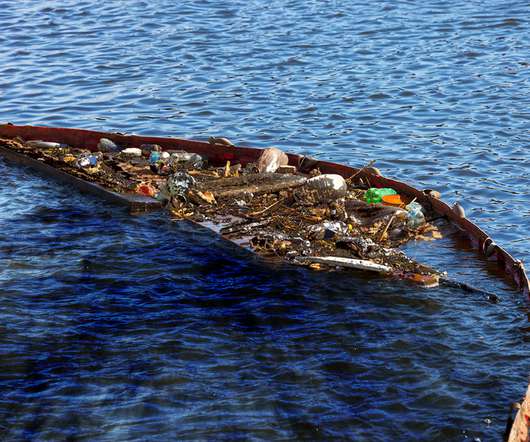Environmental Law: Government and Public Policy Towards the Environment
Environmental Science
SEPTEMBER 7, 2018
Commercial Waste : Any waste material produced as a byproduct of commercial or industrial activity. Filtration : Removing solid waste and material from water in the process of wastewater treatment. Anything with this designation, of spilled in US waters, must be reported to the EPA.












Let's personalize your content